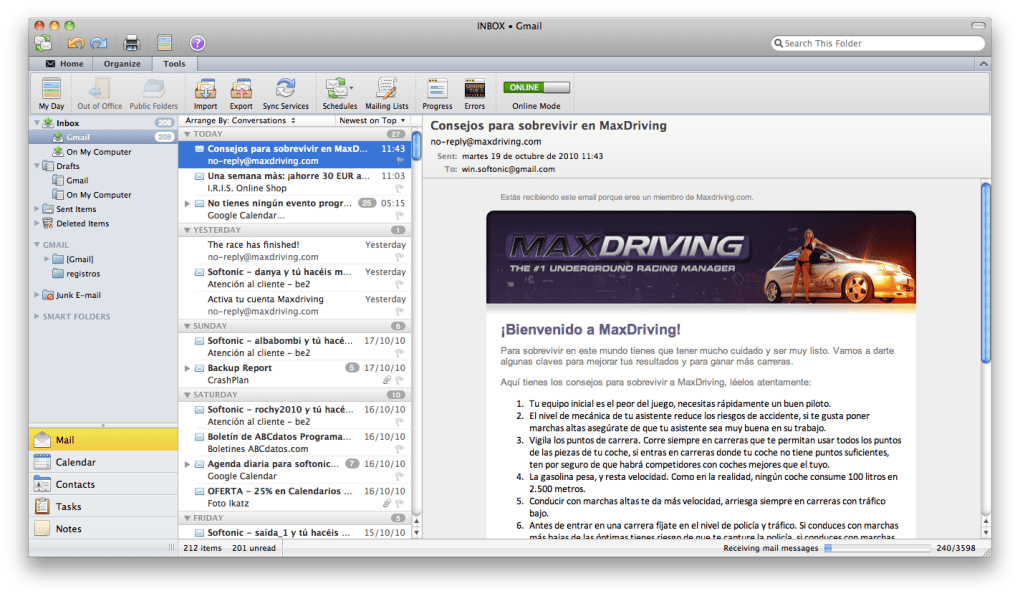

Valberg on PSSM centered around Quarter Horses with clinical signs of tying-up and abnormal amylase-resistant polysaccharide in their muscle biopsies.

What is type 1 polysaccharide storage myopathy (PSSM1)?

Type 2 PSSM represents one or more other forms of a muscle disease that are characterized by abnormal staining for muscle glycogen in microscopic examination of muscle biopsies.Ģ. Type 1 PSSM is the form of PSSM caused by the genetic mutation in the glycogen synthase 1 () gene. Our laboratory now distinguishes type 1 PSSM (PSSM1) and type 2 PSSM (PSSM2). With progress into identifying the genetic basis for PSSM, we now recognize that there is more than one form of PSSM. The variety of acronyms used are in part related to preferences of different laboratories, as well as to differences in the criteria used to diagnose polysaccharide storage myopathy. The muscle biopsy technique identified an apparent glycogen storage disease and the terms PSSM or EPSM and EPSSM were used to describe the condition. Prior to the development of a genetic test, PSSM was diagnosed by muscle biopsy. The American Quarter Horse Association (AQHA) has funded research into this disease since 1995 and has provided us with the opportunity to learn much about the diagnosis, cause and treatment for this disease. What is polysaccharide storage myopathy (PSSM)? How do I prevent another episode of tying-up in my PSSM 1 horse?ġ.How do I interpret genetic test results?.How do I know if I should do the genetic test or the muscle biopsy?.How is a diagnosis of PSSM1 established?.How do I know if my horse is having an episode of tying up?.What should I do if a horse is stiff and reluctant to move?.What is type 1 polysaccharide storage myopathy (PSSM1)?.What is polysaccharide storage myopathy (PSSM)?.Neuromuscular Diseases related to vitamin E.Mary Anne McPhail Dressage Chair in Equine Sports Medicine.Equine Neuromuscular Diagnostic Laboratory


 0 kommentar(er)
0 kommentar(er)
